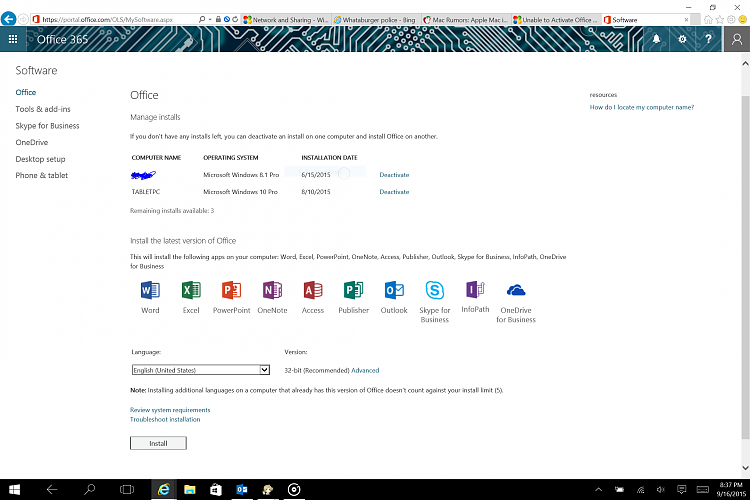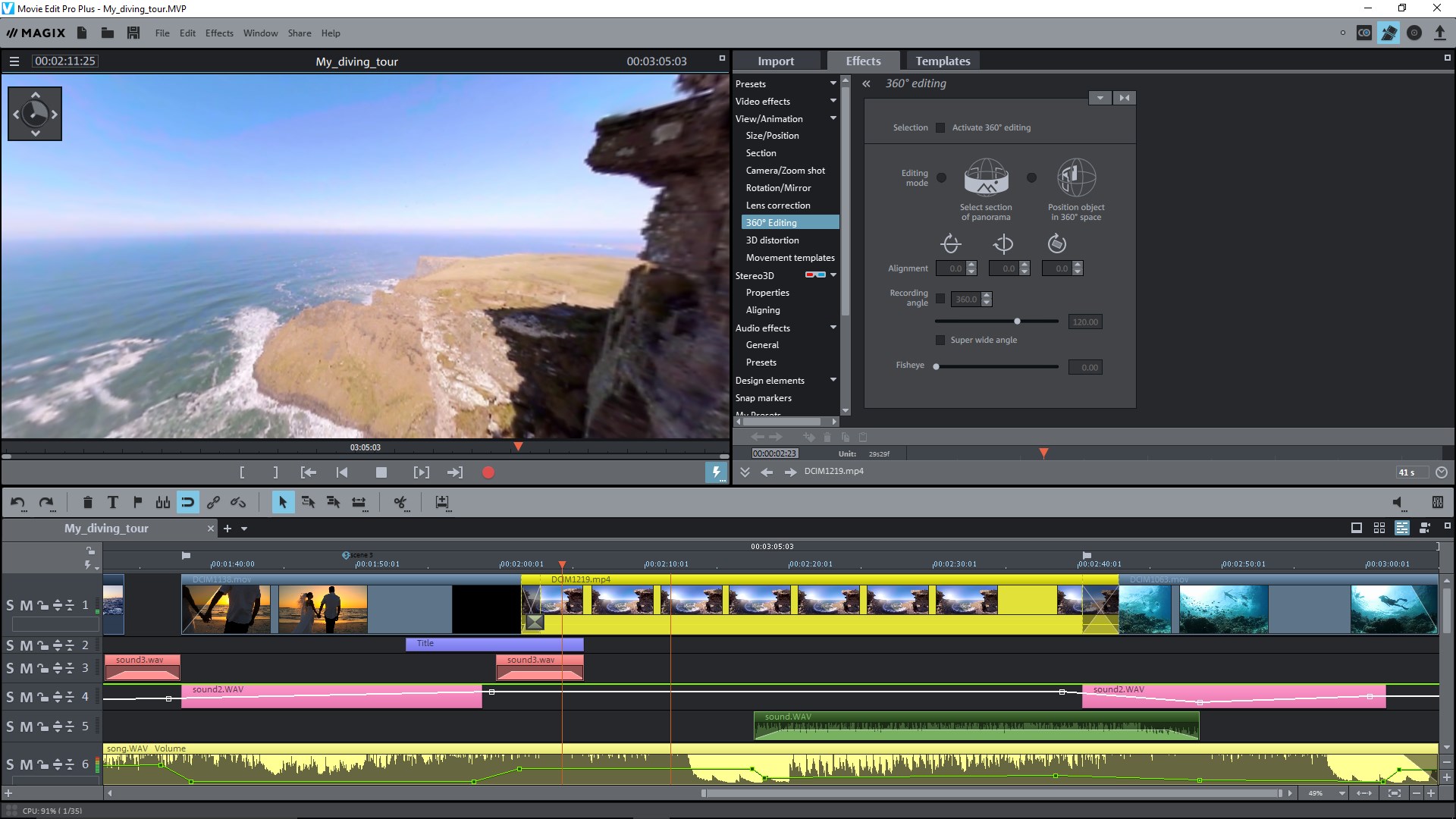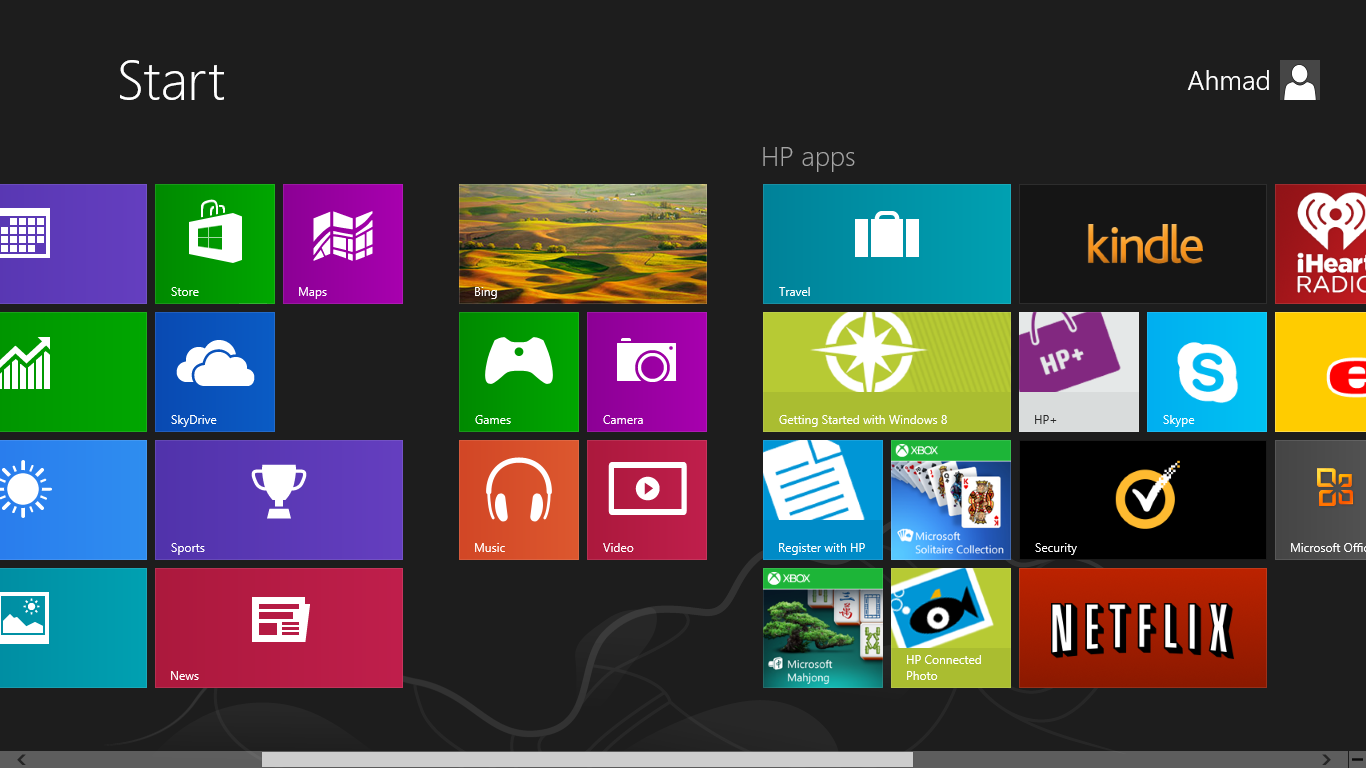The upgrade offer was marketed and initiated using the "Get Windows 10" application, which was first downloaded and installed via Windows Update in March 2015. Third-party programs were also created to assist users in applying measures to disable GWX. 10 product keys, meaning they could be entered during installation to activate the free license, without the need to upgrade first to "activate" the hardware with Microsoft's activation servers.
In March 2016, some users also alleged that their Windows 7 and 8.1 devices had automatically begun upgrading to Windows 10 without their consent. In June 2016, the GWX dialog's behavior changed to make closing the window imply a consent to a scheduled upgrade. It was concluded that these users may have unknowingly clicked the "Accept" prompt without full knowledge that this would begin the upgrade. Other critics argued that Microsoft should not have triggered any downloading of Windows 10 installation files without user consent.
The OS restricts software installation to applications obtained from Microsoft Store; the device may be upgraded to Windows 10 Pro for a fee to enable unrestricted software installation. As a time-limited promotion, Microsoft stated that this upgrade would be free on the Surface Laptop until March 31, 2018. Windows 10 S also contains a faster initial setup and login process, and allows devices to be provisioned using a USB drive with the Windows Intune for Education platform.
If your Windows 7 or Windows 8 license is not activated and you are not interested in purchasing a license, then your options are limited. Microsoft offers a 90 day trial of its Windows 10 Enterprise edition. Windows 10 Enterprise is normally distributed under Microsoft's volume license program for large organizations that deploy Windows 10 in bulk. It's a full-featured edition of the operating system but in this case, it's really an evaluation version of the software. Users must register before they can download and install the software. This option is perfect for those users who are running Windows Vista or never had a genuine license, to begin with.
A new iteration of the Start menu is used on the Windows 10 desktop, with a list of places and other options on the left side, and tiles representing applications on the right. The menu can be resized, and expanded into a full-screen display, which is the default option in Tablet mode. A new virtual desktop system was added by a feature known as Task View, which displays all open windows and allows users to switch between them, or switch between multiple workspaces. Universal apps, which previously could be used only in full screen mode, can now be used in self-contained windows similarly to other programs. Program windows can now be snapped to quadrants of the screen by dragging them to the corner. When a window is snapped to one side of the screen, Task View appears and the user is prompted to choose a second window to fill the unused side of the screen (called "Snap Assist").
The Windows system icons were also changed. The new Start menu takes after Windows 7's design by using only a portion of the screen and including a Windows 7-style application listing in the first column. The second column displays Windows 8-style app tiles.
Myerson said that these changes would occur in a future update, but did not elaborate. Windows Phone 8.1 would share nearly 90% of the common Windows Runtime APIs with Windows 8.1 on PCs. If you get to upgrade from windows 7 "Free upgrade" then the key will be stored in your microsoft account .
So, you just have to try to upgrade for free from windows 7 and when you have installed your new windows 10 log in with your microsoft account. Then you will have a activated copy totally legal. If you want later reinstall windows 10 you just have to download the same version you have activated and you install it w/o key and when you start your windows you log in and it will be activated. Older blog but I will take a chance and post my problem.
One partition is windows 10 Home 64bit and the other is windows 10 pro 32 bit. When I had a hardware failure I replaced the mainboard with a board that was very close to the original in the sense of chipsets and CPU. Used my original Graphics card , FAXmodem , Hard drives, and memory.
Windows 10 Download Page On The Microsoft Website When I powered the system I went to the 64 bit partition first. It activated using the "replace hardware recently" option. I have a second retail win 7pro disc package with valid key but when I enter it, It just keeps saying I can't have two different versions on the same machine basically. Many would argue that downloading Windows without paying for or already owning a product key is ethically wrong. That said, Microsoft has made this process easier over various Windows iterations and lessened the limitations and nagging that happens when you don't activate.
The company isn't trying to close this loophole, probably because it's more interested in driving user numbers. I've even seen well-known vendors and Microsoft partners do press presentations with watermarks on their desktop. Now when I boot it through Rufus for GPT partition. While installing window it say format USB Drive as FAT32.
When I Click FAT32 option in Rufus, it automatically change to NTFS when I select iso file. Prepare a blank USB flash drive with at least 8 GB and connect it to your PC. Download the free Windows 10 media creation tool from the Microsoft's official website and run the tool.
On the What do you want to do page, select Create installation media for another PC. Then select language, Windows Edition, and Architecture for the installation media. On Choose which media to use page, select USB flash drive and follow the prompts to create the bootable USB drive. Feature updates prior to version 1909 are distributed solely as an in-place upgrade installation, requiring the download of a complete operating system package (approximately 3.5 GB in size for 64-bit systems). Unlike previous builds, version 1909 is designed primarily as an update rollup version of 1903, focusing primarily on minor feature additions and enhancements.
The full upgrade process is still used for those using builds prior to 1903. This edition is designed for "special-purpose devices" that perform a fixed function . For this reason, it excludes Cortana, Microsoft Store, and all bundled Universal Windows Platform apps . Getting hold of the Windows installer is as easy as visiting support.microsoft.com.
Whether you've paid for Windows 10 already or not, anyone is allowed to download a Windows 10 ISO file and burn it to a DVD or create installation media on a USB drive for free. Once that's done, you can boot from your installation media and load Windows 10 onto your PC. During installation, Microsoft asks for an activation key. You can skip it, but eventually, Windows will start alerting you that your install isn't activated. You can easily access any version of Windows 10 from this Microsoft download link. The problem with this link is that if you open the link on a Windows 10 PC, it will automatically detect and force the user to download the media creation tool first.
The media creation tool can download the ISO but it is not a very pleasant experience. If you want to use the download manager, then you will need the direct download links. There are a number of uses for a Windows ISO file.
If you own a Mac, you can use it to install Windows 10 or set up Windows 10 in a virtual machine application. Either way, you'll need a Windows 10 ISO file. However, just having the free Windows 10 ISO file is not a free Windows license. Mac users, custom PC builders, and anyone installing on a virtual machine will need a Windows product key to legally install Windows 10. You can get Windows 10 media creation tool by visiting the Microsoft Media Creation Tool website.
Then click the Download tool now button from the webpage. Then install and run the application on your PC. After that, you can choose to create installation media for another PC or upgrade Windows 10 with Windows 10 media creation tool.
As of the May 2019 update, the minimum disk space requirement has been increased to 32 GB. In addition, on new installations, Windows permanently reserves up to 7 GB of disk space in order to ensure proper installation of future feature updates. Microsoft stated that these devices would no longer receive feature updates, but would still receive security updates through January 2023. Microsoft will continue to support at least one standard Windows 10 release until October 14, 2025. Windows 10 received generally positive reviews upon its original release. If you want to do a new installation of Windows 10 then you can download the Windows 10 Windows Media Creation tool.
This will automatically download Windows and create a bootable media like USB or DVD for you. The media creation tool acts as a Windows 10 download tool plus a bootable USB builder. You can perform a clean install as well as upgrade your current installation. If you do, however, find yourself being prompted to enter a product license key when you boot from the Windows 10 setup installation media, click the option I don't have a product key.
I tried to download windows 10, 64 architecture using media creation tool. It downloaded almost about 5.6GB but its not in shape of ISO file moreover it got downloaded in C drive instead of E drive where i had chosen. Now since it is not in shape of ISO file it is not getting through burn also. On January 21, 2016, Microsoft was sued in small claims court by a user whose computer had attempted to upgrade to Windows 10 without her consent shortly after the release of the operating system. The upgrade failed, and her computer was left in a broken state thereafter, which disrupted the ability to run her travel agency.
The court ruled in favor of the user and awarded her $10,000 in damages, but Microsoft appealed. However, in May 2016, Microsoft dropped the appeal and chose to pay the damages. 10 Home and Pro is "Semi-Annual Channel " (formerly "Current Branch", or "CB"), which receives stable builds after they are publicly released by Microsoft.
Each build of Windows 10 is supported for 18 months after its original release. Unlike previous versions of Windows, Windows Update does not allow the selective installation of updates, and all updates are downloaded and installed automatically. Users can only choose whether their system will reboot automatically to install updates when the system is inactive, or be notified to schedule a reboot.
Version 1703 allows wired networks to be designated as metered, but Windows may still download certain updates while connected to a metered network. Windows 10 introduces Microsoft Edge, a new default web browser. It initially featured a new standards-compliant rendering engine derived from Trident, and also includes annotation tools and integration with other Microsoft platforms present within Windows 10.
Internet Explorer 11 is maintained on Windows 10 for compatibility purposes, but is deprecated in favor of Edge and will no longer be actively developed. In January 2020, the initial version of Edge was succeeded by a new iteration derived from the Chromium project and the Blink layout engine and the old Edge based on EdgeHTML is now called 'Microsoft Edge Legacy'. The legacy version of Edge is currently being replaced by the new Chromium-based Edge via Windows Update, though this version can also be downloaded manually. Every Windows 10 version from 20H2, which was released on October 20, 2020, will come with the new version of the browser preinstalled.
The Windows 10 October 2020 update added a price comparison tool to the Edge browser. The Anniversary Update added Windows Subsystem for Linux , which allows the installation of a user space environment from a supported Linux distribution that runs natively on Windows. The subsystem translates Linux system calls to those of the Windows NT kernel .
The environment can execute the Bash shell and 64-bit command-line programs (WSL 2 also supports 32-bit Linux programs and graphics, assuming supporting software installed, and GPUs support for other uses). Windows applications cannot be executed from the Linux environment, and vice versa. Linux distributions for Windows Subsystem for Linux are obtained through Microsoft Store. The feature initially supported an Ubuntu-based environment; Microsoft announced in May 2017 that it would add Fedora and OpenSUSE environment options as well.
The free ISO file isn't a free Windows license. It's just a more convenient way to install Windows 10. Mac users, custom PC builders, and anyone installing on a virtual machine will need a product key to install Windows 10 legally.
Windows Setup will now ask you to activate Windows by entering a product key. If you've already purchased Windows 10, enter the key, otherwise click on "I don't have a product key" to move forward. You can activate Windows after the installation. But if you don't provide a product key, the setup will ask you to choose which Windows 10 version you want to install.
Pick the one you're planning to buy as you won't be able to change it later. Hi, I downloaded Windows 10 Single Language iso from the link given here, but I can't find the product key needed to install the iso. I know this "product key" thing is only a temporary key, as I'll have to activate the OS once I install it. Please guys provide me the product key for single language edition. Click Next to have Windows 11 check for any updates, then accept the license terms. The Ready to install screen shows that Windows 11 will be installed and that your personal files and apps will be kept.























